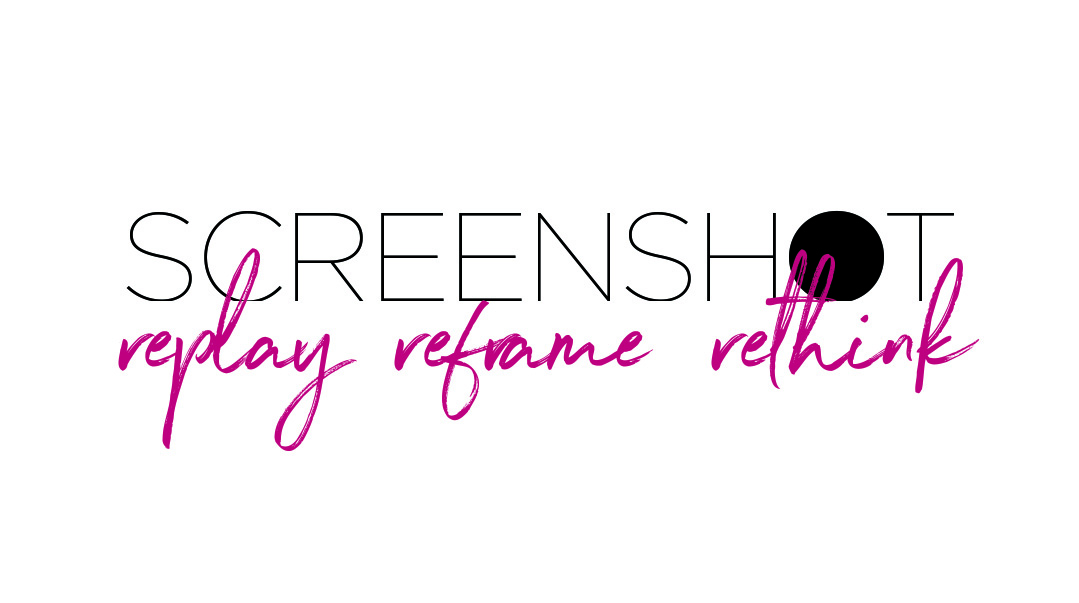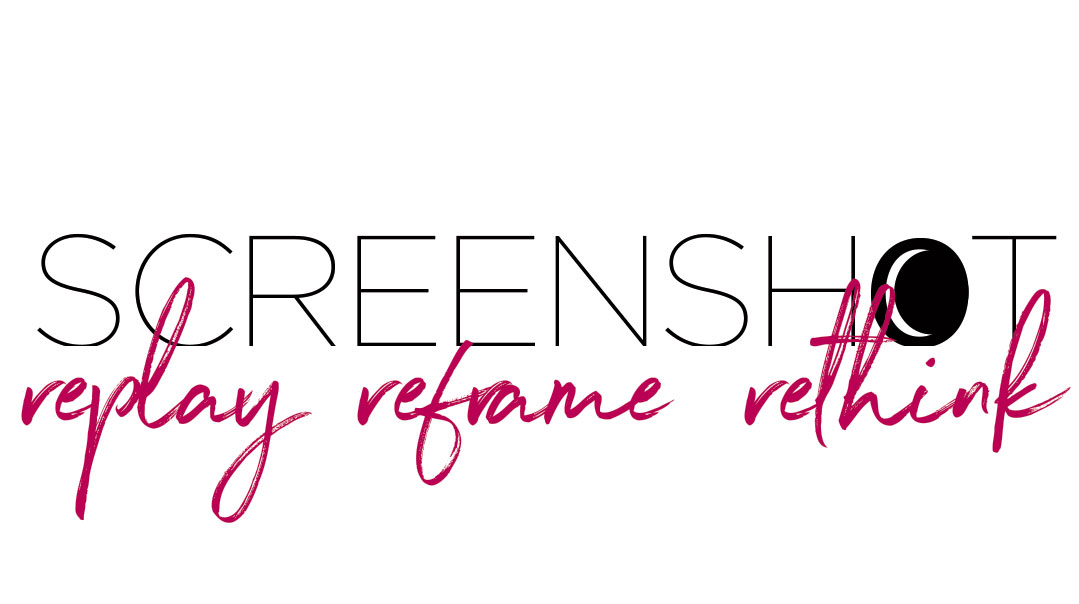Covers Lost and Gained

Sometimes there is no way to save our planned cover
When we plan our magazine grids, we note which features will be covers. But often those plans don’t come to fruition. Sometimes the story comes in, and it’s just not strong enough to carry the magazine. Sometimes current events break apart our plans. And sometimes an interviewee will tell us “just don’t put me on the cover.”
In those cases we reach out to discuss the request: Sometimes a more subtle photo, with a creative angle, can be a solution. But sometimes there is no way to save our planned cover.
And in those cases, we drop it.
The first reason is that we value the relationship more than the scoop. A scoop is a one-time gain; a relationship can last forever. (This is also the reason we give our interviewees the opportunity to review their quotes before publication — we value their trust and want to maintain it.) But this strategic calculation isn’t the main reason.
Some of our cover interviewees are natural performers and communicators. For them, going on the cover is just the next step or the next forum — they’re accustomed to the spotlight, they’re comfortable with a camera clicking in their face. This week it’s our cover, next week another; no big deal.
But many others, they take a deep breath before they start the photo shoot. It’s true they have a story, perspective, or message to share, and it’s also true that we will work with them until they’re comfortable with the way that message is being conveyed. But they also know that when they walk into the supermarket that week, they’ll see their face staring up at them from the newsstand. They know they’ll be the focus of comments from friends, neighbors, and relatives, and that all eyebrows will be raised when they walk into shul. They know that this proposition comes with an element of risk.
So we do our best to respect and acknowledge that for many people, it’s not second nature to put yourself out there. And we appreciate and honor the risk they’re taking and do our best to accommodate their sensitivities — even if it means that we’ll lose out on a compelling cover.
I remember the Yom Tov cover that we lost when a gabbai of a gadol — who had worked with us throughout the process — let us know, late in the game, that the gadol would be pained if we put his photo on the cover. We would never want to cause anyone pain and certainly wouldn’t want to disobey the wishes of a gadol. So we had to scramble for a Plan B that Yom Tov. But I think we were all proud of the resulting cover, because it spoke of our values.
Then there was the cover we lost when the wife of an interviewee asked him to inform us — just a few days before we went to print — that she couldn’t stomach the idea of his photo on the newsstands.
There was the rav who agreed to be featured on the cover — “but just don’t make my face big like Rabbi XYZ last week; it will be a disaster for me.” We spent half a day building a creative cover concept incorporating other images and then added a small photo of him to the montage. I still remember that sense of relief when he approved the final version, and we sent it off to print.
Even among the “celebrity” demographic, those whose faces are regularly plastered on posters or disk jackets, we’ve found that there are still sensitivities. I remember two frum celebrities who went back and forth with us over their cover photos. One was sensitive about the angle of his chin. The other was sensitive about the mood and coloring of the photo. Does it sound petty? Only if you don’t realize how much thought, how many years, and the massive resources that go into building a brand.
So sometimes we do lose that perfect cover shot. But we hope that the respect, the accommodation, and the sensitivity behind that loss translate into a net gain — and that when we hold a new magazine freshly delivered from the printer, we can be proud of the consideration that helped create its cover.
(Originally featured in Mishpacha, Issue 819)
Oops! We could not locate your form.


